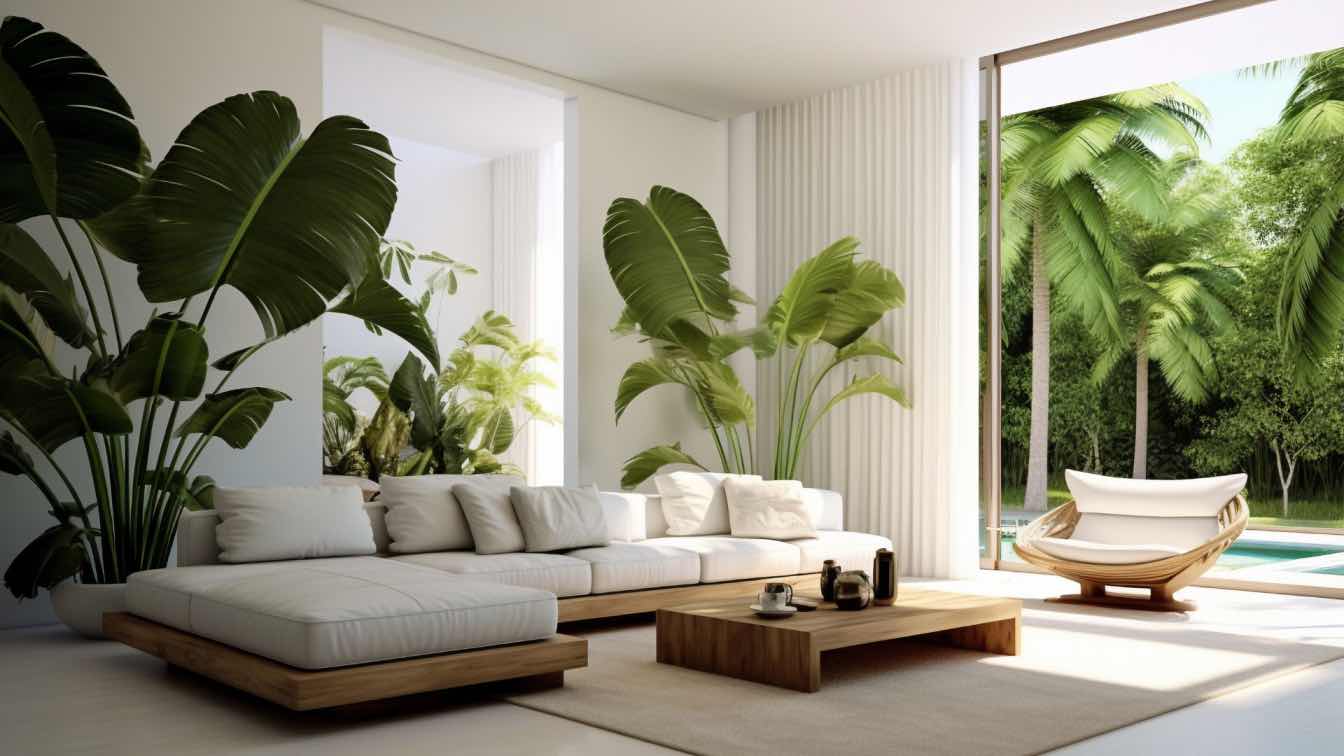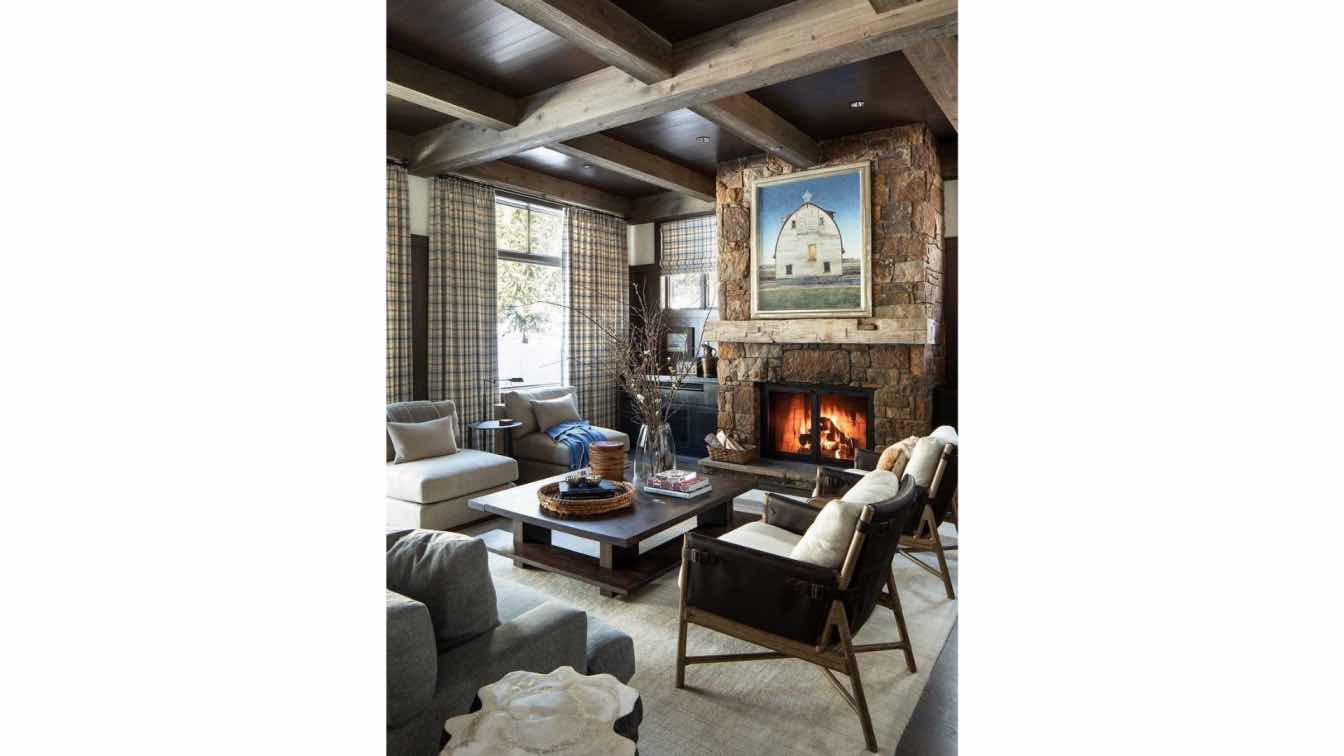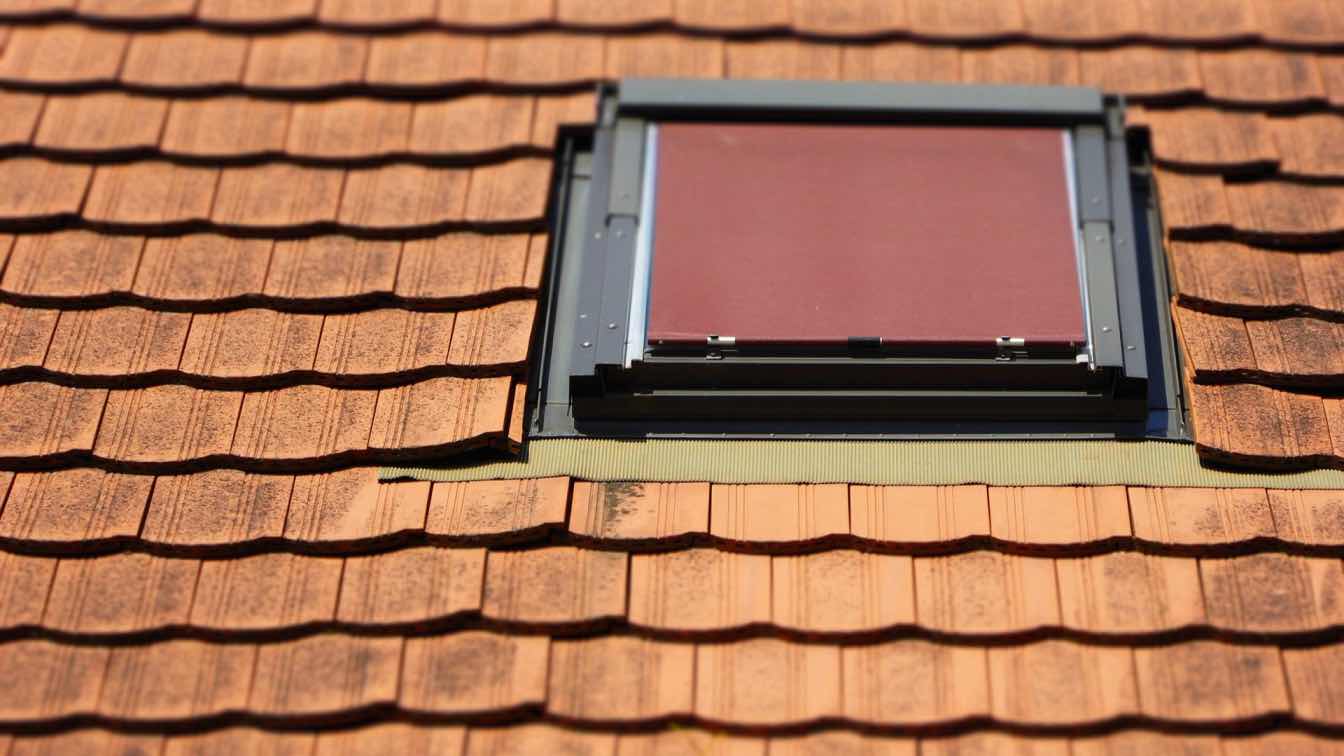It’s easy to feel disconnected from nature with city-living, which has led to a growing trend of bringing the outdoors inside. Once considered a luxury, indoor green spaces have now become an essential element of modern interior design. From vertical plant walls to dedicated indoor greenhouses, these garden retreats not only enhance the aesthetic appeal of a space, but they also foster a sense of tranquillity and well-being.
The Rise of Indoor Green Spaces
The desire to be connected with nature is deeply rooted in human psychology. There are countless studies showing that exposure to greenery can reduce stress, boost your mood and improve your overall health. With homeowners, architects and interior designers recognising these benefits, incorporating indoor green spaces has become increasingly popular in both residential and commercial spaces alike.
One of the most popular ways to introduce greenery indoors is through the use of vertical plant walls. These living walls not only add a touch of nature to any space, but they also serve as natural air purifiers. They filter out toxins and improve indoor air quality. Whether it’s a small herb garden in the kitchen or a sprawling botanical display in the living room, vertical plant walls have become a focal point of modern interior design.
Botanical accents are another popular trend for indoor green spaces. From potted plants and hanging baskets to terrariums and succulent gardens, there are endless possibilities for incorporating greenery into interior décor. These accents add colour, texture and life to any space, creating a sense of harmony and balance.
If you’ve got a green thumb, a dedicated indoor greenhouse offer you the ultimate retreat. These miniaturised versions of traditional outdoor gardens allow you to cultivate your own plants throughout the year, regardless of the weather outside. Whether it’s a small greenhouse tucked away in the corner of your home or a larger structure integrated into the architectural design, you’ll have a space to nurture your plant-loving passion.
Creating a Connection to Nature
Incorporating indoor green spaces into your home goes beyond the general aesthetic. It’s about creating a connection to nature and bringing the benefits of the outdoors into your everyday life. Nowadays, most people are stuck inside, surrounded by artificial lights and electronics, so indoor gardens offer a respite from the hustle and bustle of modern life.
Studies have shown that spending time in nature can have a significant and positive impact on your mental and physical health. Reducing your stress and anxiety, whilst improving your cognitive function and creativity. The benefits are undeniable! By bringing nature inside, you can reap the benefits all year-round, regardless of the season and weather.
Plants also naturally absorb carbon dioxide and release oxygen, which helps purify the air and creates a healthier indoor environment. Certain plants can even remove harmful toxins from the air, further enhancing your indoor air quality.
Practical Considerations
While the benefits of indoor green spaces are clear, incorporating them into your home requires careful planning and consideration.
Lighting is perhaps the most critical factor to consider. Most plants require ample sunlight to thrive, so it’s essential to choose a spot in your home that receives a good amount of natural light throughout the day. In rooms with limited natural light, supplemental lighting may be necessary to ensure the health of your plants.
Humidity is another important consideration, especially for any tropical plants that thrive in humid environments. In drier climates or heated indoor spaces, it may be necessary to increase humidity levels to create a suitable growing environment for your plants. This can be achieved by using humidifiers or by placing trays of water near indoor plants to increase moisture levels in the air.
Maintenance is also a key factor to think about when designing indoor green spaces. While some plants need minimal care, others may need more attention; think about how regularly they will need watering, pruning and fertilising. It’s essential to choose plants that are well suited to both your environment and your lifestyle to ensure their long-term health and vitality.
A final thing to consider is the actual space you would incorporate this greenery into. You need to make sure the humidity and maintenance won’t end up damaging your room. Think about your furniture and decorations, even your walls and floors could be at risk. For example, if you’re watering your plants and spill some water, will it ruin anything in its vicinity? Your floor is likely at the biggest risk, so it’s best to consider water-resistant or waterproof flooring such as engineered wood flooring.
Creating an Indoor Garden Retreat
If you’re worried about following the trend only for it to immediately get replaced, don’t worry. Indoor green spaces are more than just a passing trend. They’re here to stay for a long time! They reflect humanity’s innate desire to connect with nature.
By integrating indoor gardens and greenery into your home, you can bring the benefits of nature into your home, whilst improving your mental and physical well-being too. Whether you’re a seasoned plant enthusiast or just getting into indoor gardening, there’s never been a better time to embrace the beauty and peace of indoor green spaces.





